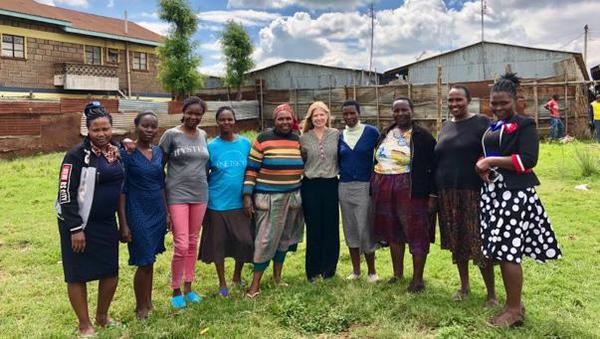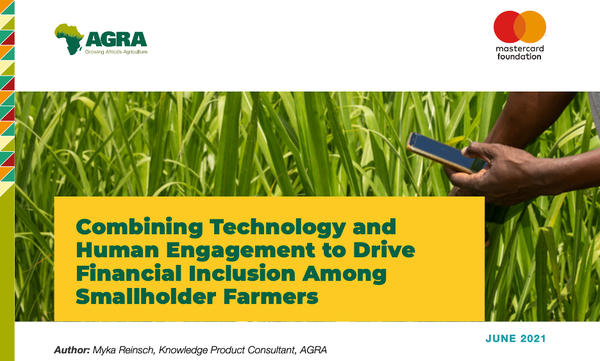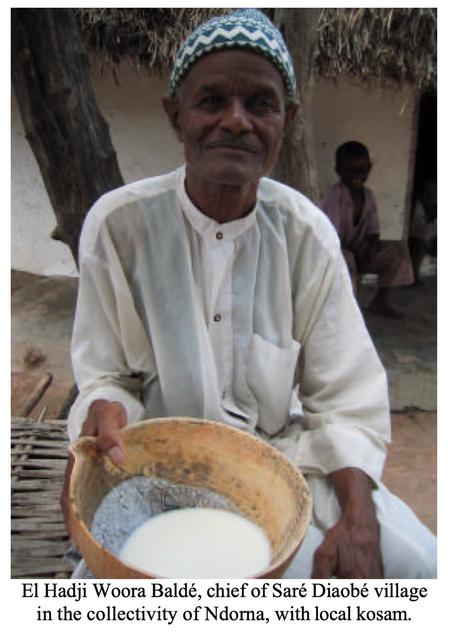
Technical Note: Financing Farm Inputs through a Risk-Sharing Mechanism in Ghana and Burkina Faso
Increased agricultural production and well-functioning agribusiness ecosystems are keys to rural economic development, food security, climate change resilience and enhancing the livelihoods and living standards of smallholder farmers. Since improved crop production benefits many different ecosystem actors, shouldering a portion of the risk makes sense not only for farmers but also for input suppliers, farm produce buyers and financing partners. This document summarizes key lessons from a longer case study on an innovative model to support smallholder farm production and risk management.









